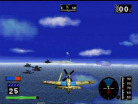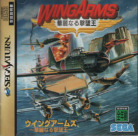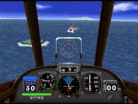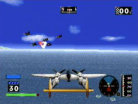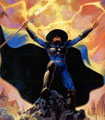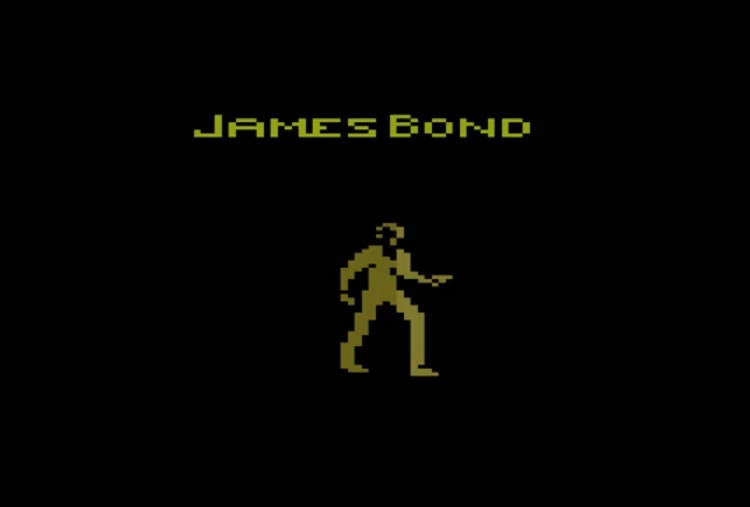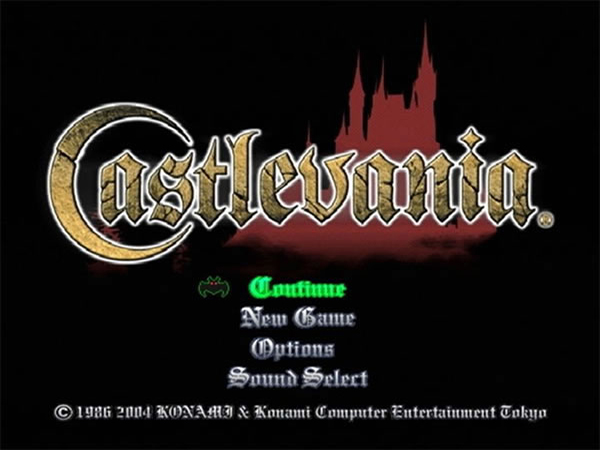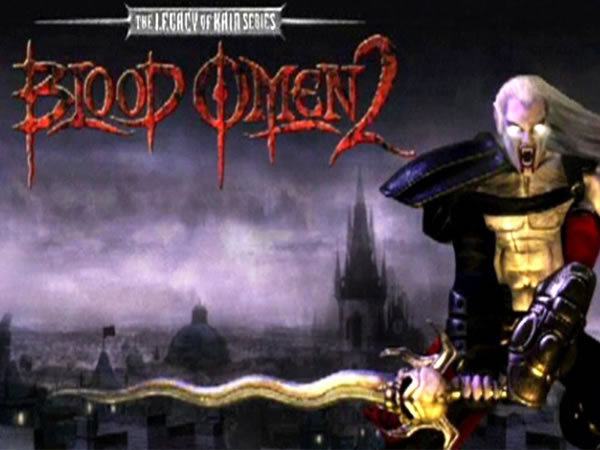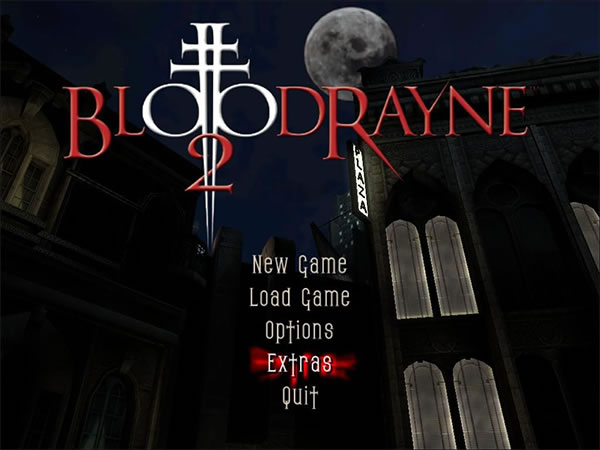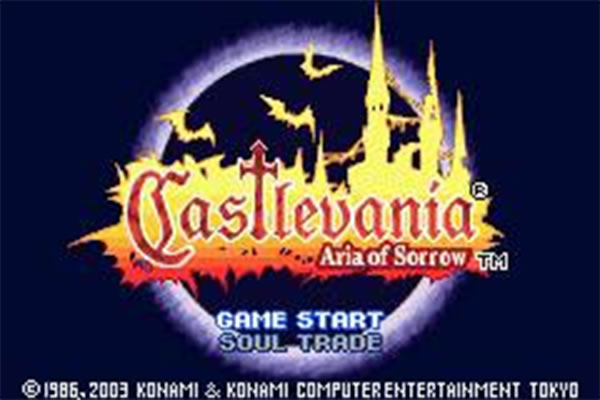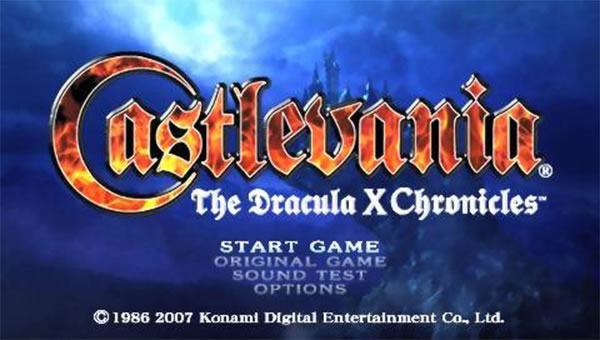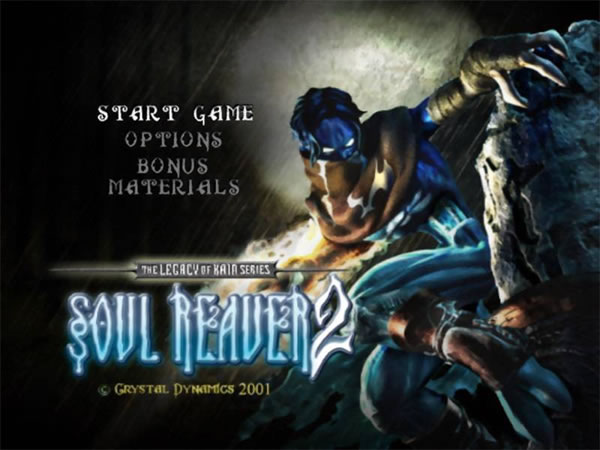- CLASSIC MAGAZINES
- REVIEW CREW
A show recapping what critics thought back
when classic games first came out! - NEXT GENERATION'S BEST & WORST
From the worst 1-star reviews to the best
5-stars can offer, this is Next Generation! - NINTENDO POWER (ARCHIVE)
Experience a variety of shows looking at the
often baffling history of Nintendo Power! - MAGAZINE RETROSPECTIVE
We're looking at the absolutely true history of
some of the most iconic game magazines ever! - SUPER PLAY'S TOP 600
The longest and most ambitious Super NES
countdown on the internet! - THEY SAID WHAT?
Debunking predictions and gossip found
in classic video game magazines! - NEXT GENERATION UNCOVERED
Cyril is back in this spin-off series, featuring the
cover critic review the art of Next Generation! - HARDCORE GAMER MAGAZING (PDF ISSUES)
Download all 36 issues of Hardcore Gamer
Magazine and relive the fun in PDF form!
- REVIEW CREW
- ELECTRONIC GAMING MONTHLY
- ELECTRONIC GAMING MONTHLY RANKS
From Mario to Sonic to Street Fighter, EGM
ranks classic game franchises and consoles! - ELECTRONIC GAMING MONTHLY BEST & WORST
Counting down EGM’s best and worst reviews
going year by year, from 1989 – 2009! - ELECTRONIC GAMING BEST & WORST AWARDS
11-part video series chronicling the ups and
downs of EGM’s Best & Worst Awards!
- ELECTRONIC GAMING MONTHLY RANKS
- GAME HISTORY
- GAME OVER: STORY BREAKDOWNS
Long-running series breaking down game
stories and analyzing their endings! - A BRIEF HISTORY OF GAMING w/ [NAME HERE]
Real history presented in a fun and pithy
format from a variety of game historians! - THE BLACK SHEEP
A series looking back at the black sheep
entries in popular game franchises! - INSTANT EXPERT
Everything you could possibly want to know
about a wide variety of gaming topics! - FREEZE FRAME
When something familiar happens in the games
industry, we're there to take a picture! - I'VE GOT YOUR NUMBER
Learn real video game history through a series
of number-themed episodes, starting at zero! - GREAT MOMENTS IN BAD ACTING
A joyous celebration of some of gaming's
absolute worst voice acting!
- GAME OVER: STORY BREAKDOWNS
- POPULAR SHOWS
- DG NEWS w/ LORNE RISELEY
Newsman Lorne Riseley hosts a regular
series looking at the hottest gaming news! - REVIEW REWIND
Cyril replays a game he reviewed 10+ years
ago to see if he got it right or wrong! - ON-RUNNING FEUDS
Defunct Games' longest-running show, with
editorials, observations and other fun oddities! - DEFUNCT GAMES QUIZ (ARCHIVE)
From online quizzes to game shows, we're
putting your video game knowledge to the test!- QUIZ: ONLINE PASS
Take a weekly quiz to see how well you know
the news and current gaming events! - QUIZ: KNOW THE GAME
One-on-one quiz show where contestants
find out if they actually know classic games! - QUIZ: THE LEADERBOARD
Can you guess the game based on the classic
review? Find out with The Leaderboard!
- QUIZ: ONLINE PASS
- DEFUNCT GAMES VS.
Cyril and the Defunct Games staff isn't afraid
to choose their favorite games and more! - CYRIL READS WORLDS OF POWER
Defunct Games recreates classic game
novelizations through the audio book format!
- DG NEWS w/ LORNE RISELEY
- COMEDY
- GAME EXPECTANCY
How long will your favorite hero live? We crunch
the numbers in this series about dying! - VIDEO GAME ADVICE
Famous game characters answer real personal
advice questions with a humorous slant! - FAKE GAMES: GUERILLA SCRAPBOOK
A long-running series about fake games and
the people who love them (covers included)! - WORST GAME EVER
A contest that attempts to create the worst
video game ever made, complete with covers! - LEVEL 1 STORIES
Literature based on the first stages of some
of your favorite classic video games! - THE COVER CRITIC
One of Defunct Games' earliest shows, Cover
Critic digs up some of the worst box art ever! - COMMERCIAL BREAK
Take a trip through some of the best and
worst video game advertisements of all time! - COMIC BOOK MODS
You've never seen comics like this before.
A curious mix of rewritten video game comics!
- GAME EXPECTANCY
- SERIES ARCHIVE
- NINTENDO SWITCH ONLINE ARCHIVE
A regularly-updated list of every Nintendo
Switch Online release, plus links to review! - PLAYSTATION PLUS CLASSIC ARCHIVE
A comprehensive list of every PlayStation
Plus classic release, including links! - RETRO-BIT PUBLISHING ARCHIVE
A regularly-updated list of every Retro-Bit
game released! - REVIEW MARATHONS w/ ADAM WALLACE
Join critic Adam Wallace as he takes us on a
classic review marathon with different themes!- DEFUNCT GAMES GOLF CLUB
Adam Wallace takes to the links to slice his way
through 72 classic golf game reviews! - 007 IN PIXELS
Adam Wallace takes on the world's greatest spy
as he reviews 15 weeks of James Bond games! - A SALUTE TO VAMPIRES
Adam Wallace is sinking his teeth into a series
covering Castlevania, BloodRayne and more! - CAPCOM'S CURSE
Adam Wallace is celebrating 13 days of Halloween
with a line-up of Capcom's scariest games! - THE FALL OF SUPERMAN
Adam Wallace is a man of steel for playing
some of the absolute worst Superman games! - THE 31 GAMES OF HALLOWEEN
Adam Wallace spends every day of October afraid
as he reviews some of the scariest games ever! - 12 WEEKS OF STAR TREK
Adam Wallace boldly goes where no critic has
gone before in this Star Trek marathon!
- DEFUNCT GAMES GOLF CLUB
- DAYS OF CHRISTMAS (ARCHIVE)
Annual holiday series with themed-episodes
that date all the way back to 2001!- 2015: 30 Ridiculous Retro Rumors
- 2014: 29 Magazines of Christmas
- 2013: 29 Questionable Power-Ups of Christmas
- 2012: 34 Theme Songs of Christmas
- 2011: 32 Game Endings of Christmas
- 2010: 31 Bonus Levels of Christmas
- 2009: 30 Genres of Christmas
- 2008: 29 Controls of Christmas
- 2007: 34 Cliches of Christmas
- 2006: 33 Consoles of Christmas
- 2005: 32 Articles of Christmas
- 2004: 31 Websites of Christmas
- 2003: 29 Issues of Christmas
- 2002: 28 Years of Christmas
- 2001: 33 Days of Christmas
- NINTENDO SWITCH ONLINE ARCHIVE
- REVIEW ARCHIVE
- FULL ARCHIVE
Wing Arms
For some reason throughout the history of gaming the console fighter airplane simulators never seem to be remembered in the annals of gaming lore. Perhaps that is because even recently most of these games are still mediocre at best. I suppose it may have something to do with the complex physics and the fine line between realistic and arcade action, there's also a steep learning curve that may force gamers to eject from the experience. Sure, a few games have successfully found a way of balancing that tightrope (the Star Wars flight games and Ace Combat for example), but by and large this is just one genre that is harder than it looks. Wing Arms was an in-house Sega game that was forgotten ... but perhaps should be better remembered.
In this game's alternate reality, an alliance of arms manufactures manipulated World War II for their own financial gains. After the war the group, called Avalon, tries to start the war back up so they can get even richer. To achieve this they are destroying the other nation's military installment, which I guess is supposed to make the nations fight each other. Stop for a minute. One thing I always say is that war games need some alternate reality stories. I have to give Sega props for attempting to make their own story out of actual historic event. It's a functional story sure, but the way Sega delivers it (through a talking head of a general) just isn't terribly interesting.
Speaking of the cut scenes, the emotion conveyed through the voice over is terribly unemotional and makes no effort to lip sync. The sound effects in-game are realistic sounding, but dull, as frequently it's just you in the sky with you enemies out of earshot. As previously stated, though, the guns, missiles, and engines all sound pretty good. The game also has great water sounds for when your rounds hit the water. So it's a mixed bag, nothing that is going to make or break the game.
Being based in reality, you are granted seven period planes, a mix of the best from each WWII front and cutting-edge planes that never quite made it into the war ... but would have been in production had the war continued into this alternate reality. The planes don't perform much differently from each other; the only difference is what they look like and how they sound. The plane you decide on comes down to which one looks the best to you. Go by national pride, or just the pick the shiny one. It really doesn't matter.
The planes themselves look great, very impressive for an early generation Saturn game. This may be made possible by the rather bland ground. Not that bland ground is an issue, you'll spending most of your time focused on your opponents and not looking at the backgrounds. These opponents range from realistic airplanes and ships, to massive 2D shooter-style boss military installments. In true old-school style these level ending boats and fortifications spew out tons of hard to dodge flack, missiles, and bullets.
This difficulty is compounded by the controller. As experience tells us, digital D-pads just don't work well for 3D gaming. That's not to say that controls aren't functional, of course, the controls are manageable. Anyone who's played an old first-person shooter will know how to win at this game. Strafe your reticule over the target (oh, excuse me, "yaw"). Of course Sega knew their game was a pain in the ass to control and put a nice big ad for their flight stick, the "Mission Stick." Sega wants you to buy a "Mission Stick" and play with it ... or at least borrow your friends.
Wing Arms plays and looks like a spiritual predecessor to Ace Combat; from the huge end level targets to the arcade-like unrealism to the great graphics in the air (and crappy graphics on the ground). It's these similarities that will have you asking why you don't just pick up the newest Ace Combat game. It's probably the best World War II-era 3D aircraft game on consoles, but that's a list as long as Verne Troyer is tall. Unless you're an aircraft freak (and have played everything to death) you are probably best off picking up something new.
In this game's alternate reality, an alliance of arms manufactures manipulated World War II for their own financial gains. After the war the group, called Avalon, tries to start the war back up so they can get even richer. To achieve this they are destroying the other nation's military installment, which I guess is supposed to make the nations fight each other. Stop for a minute. One thing I always say is that war games need some alternate reality stories. I have to give Sega props for attempting to make their own story out of actual historic event. It's a functional story sure, but the way Sega delivers it (through a talking head of a general) just isn't terribly interesting.
Speaking of the cut scenes, the emotion conveyed through the voice over is terribly unemotional and makes no effort to lip sync. The sound effects in-game are realistic sounding, but dull, as frequently it's just you in the sky with you enemies out of earshot. As previously stated, though, the guns, missiles, and engines all sound pretty good. The game also has great water sounds for when your rounds hit the water. So it's a mixed bag, nothing that is going to make or break the game.
Being based in reality, you are granted seven period planes, a mix of the best from each WWII front and cutting-edge planes that never quite made it into the war ... but would have been in production had the war continued into this alternate reality. The planes don't perform much differently from each other; the only difference is what they look like and how they sound. The plane you decide on comes down to which one looks the best to you. Go by national pride, or just the pick the shiny one. It really doesn't matter.
The planes themselves look great, very impressive for an early generation Saturn game. This may be made possible by the rather bland ground. Not that bland ground is an issue, you'll spending most of your time focused on your opponents and not looking at the backgrounds. These opponents range from realistic airplanes and ships, to massive 2D shooter-style boss military installments. In true old-school style these level ending boats and fortifications spew out tons of hard to dodge flack, missiles, and bullets.
This difficulty is compounded by the controller. As experience tells us, digital D-pads just don't work well for 3D gaming. That's not to say that controls aren't functional, of course, the controls are manageable. Anyone who's played an old first-person shooter will know how to win at this game. Strafe your reticule over the target (oh, excuse me, "yaw"). Of course Sega knew their game was a pain in the ass to control and put a nice big ad for their flight stick, the "Mission Stick." Sega wants you to buy a "Mission Stick" and play with it ... or at least borrow your friends.
Wing Arms plays and looks like a spiritual predecessor to Ace Combat; from the huge end level targets to the arcade-like unrealism to the great graphics in the air (and crappy graphics on the ground). It's these similarities that will have you asking why you don't just pick up the newest Ace Combat game. It's probably the best World War II-era 3D aircraft game on consoles, but that's a list as long as Verne Troyer is tall. Unless you're an aircraft freak (and have played everything to death) you are probably best off picking up something new.
HOME |
CONTACT |
NOW HIRING |
WHAT IS DEFUNCT GAMES? |
NINTENDO SWITCH ONLINE |
RETRO-BIT PUBLISHING
Retro-Bit |
Switch Planet |
The Halcyon Show |
Same Name, Different Game |
Dragnix |
Press the Buttons
Game Zone Online | Hardcore Gamer | The Dreamcast Junkyard | Video Game Blogger
Dr Strife | Games For Lunch | Mondo Cool Cast | Boxed Pixels | Sega CD Universe | Gaming Trend
Game Zone Online | Hardcore Gamer | The Dreamcast Junkyard | Video Game Blogger
Dr Strife | Games For Lunch | Mondo Cool Cast | Boxed Pixels | Sega CD Universe | Gaming Trend
Copyright © 2001-2025 Defunct Games
All rights reserved. All trademarks are properties of their respective owners.
All rights reserved. All trademarks are properties of their respective owners.






